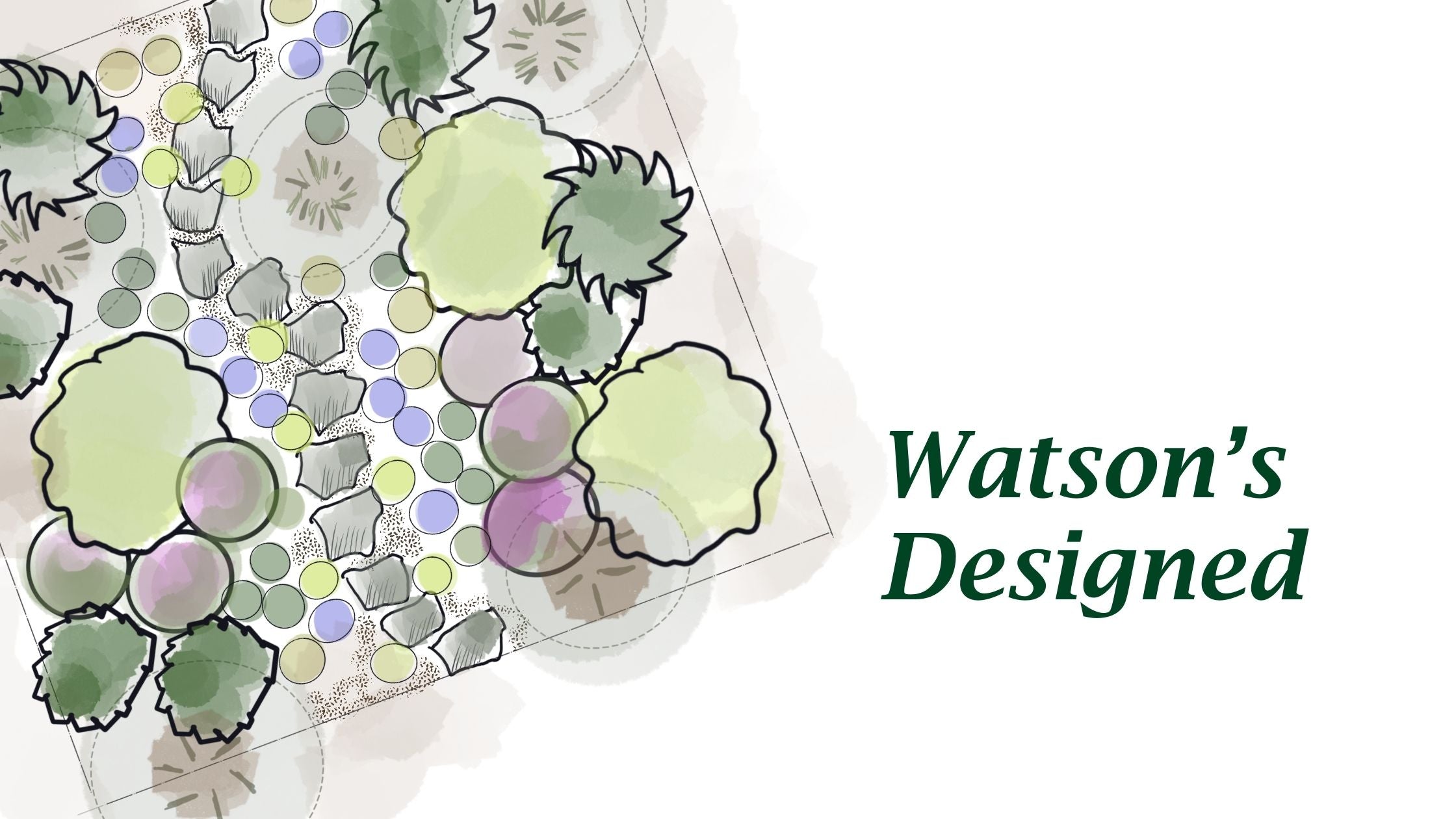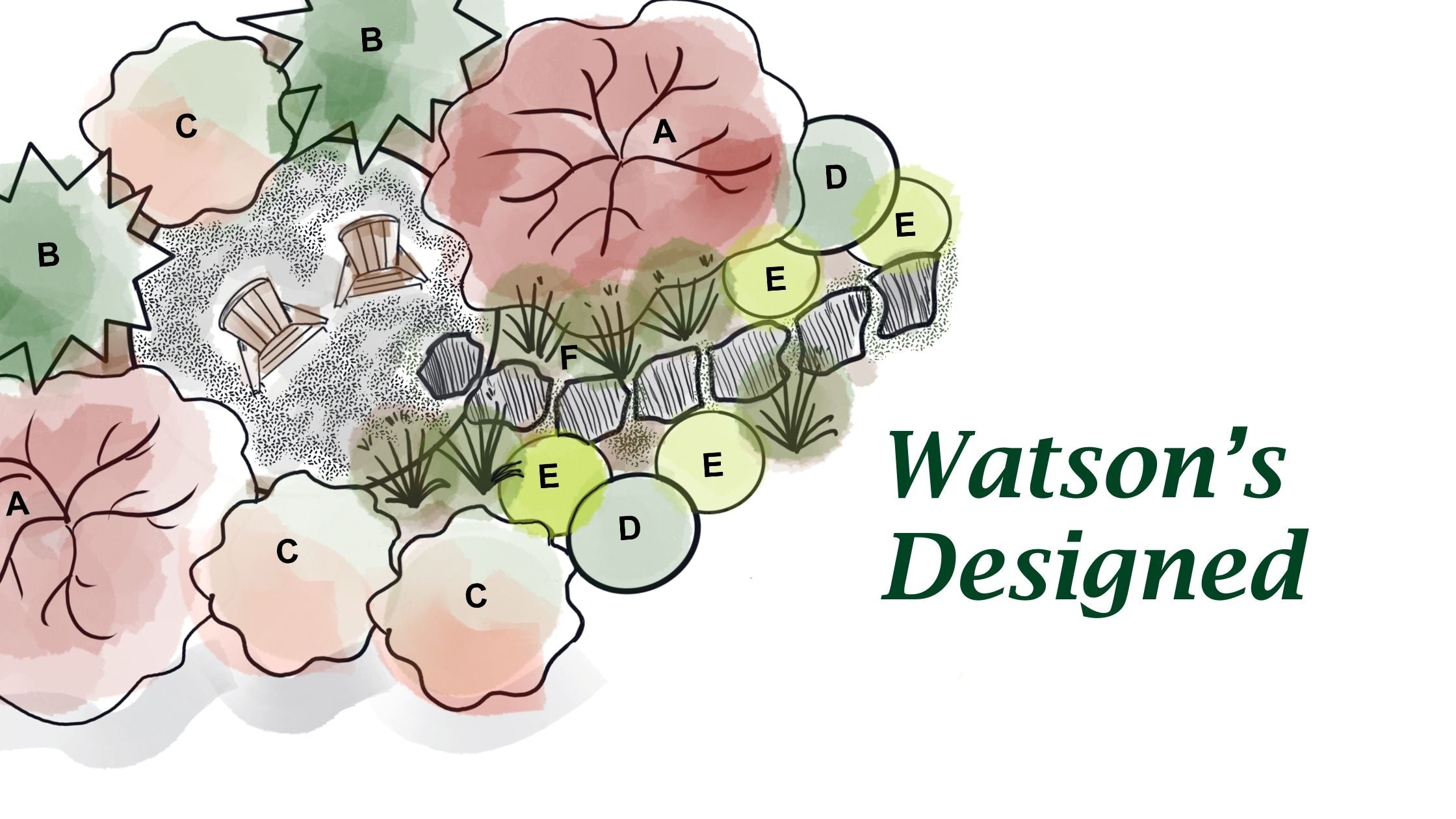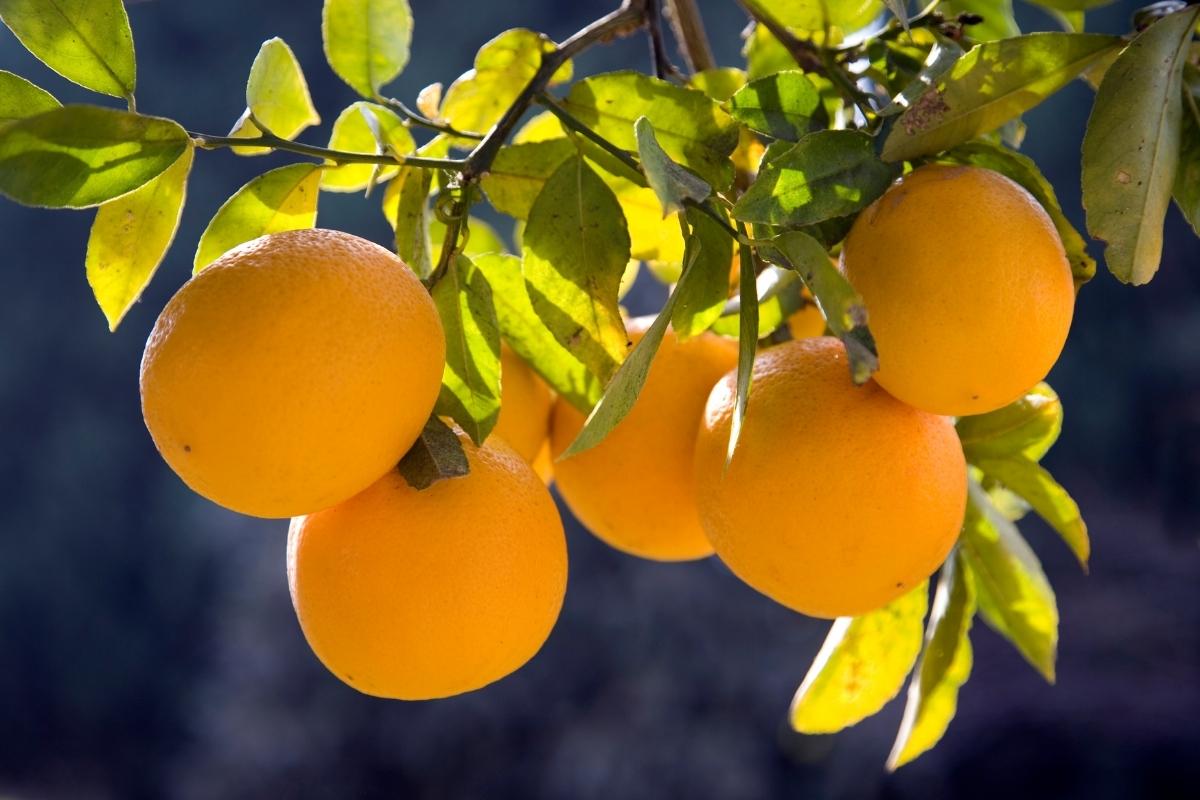Growing Mini Peach Trees in the Pacific Northwest: A Complete Care Guide
The Pacific Northwest's cool, wet climate presents unique challenges for growing peach trees, but with proper care and attention, you can successfully grow dwarf varieties in your backyard. This guide will walk you through everything you need to know about caring for mini peach trees in the PNW.

Perfect for Small Spaces and Container Gardens
Mini peach trees are an ideal solution for Pacific Northwest gardeners with limited space. These compact trees, typically growing only 6-8 feet tall, can thrive in containers on patios, balconies, or small urban yards. Their diminutive size offers several advantages:
- Perfect for containers as small as 20-25 gallons
- Can be grown on apartment balconies or tiny yards
- Easy to protect from harsh weather
- Simple to maintain and harvest without ladders
- Ideal for creating privacy screens in tight spaces
- Can produce 15-30 pounds of fruit per tree
- Multiple varieties can fit in the space of one standard tree
Even in containers, these trees produce full-sized, delicious peaches while taking up minimal space. Their compact nature makes them particularly well-suited to the region's urban gardens and smaller modern lots.

Choosing the Right Location
Mini peach trees need:
- Full sun exposure (6-8 hours daily)
- Well-draining soil
- Protection from strong winds
- South or southwest-facing location when possible
Planting Tips
The best time to plant mini peach trees in the PNW is early spring after the last frost. Your planting hole should be twice as wide as the root ball but no deeper. Add organic matter to improve drainage, as our clay-heavy soils can retain too much moisture.
Disease Prevention in the PNW Climate
Our wet climate makes peach trees particularly susceptible to fungal diseases. Here's how to protect your trees:
Copper Fungicide Application
Copper fungicide is essential for preventing peach leaf curl and brown rot, two common diseases in the PNW. Follow this schedule:
- Fall (November): Apply after leaf drop
- Winter (December): Second application during dormancy
- Early Spring (February): Final application before bud break
Important notes about copper fungicide:
- Apply during dry weather
- Ensure complete coverage of branches and trunk
- Use the correct dilution rate (follow product instructions)
- Wear protective equipment during application
- Avoid application when temperatures are below 34°F (1°C)


Seasonal Care Calendar
Spring
- Apply final copper spray before bud break
- Feed with balanced organic fertilizer
- Monitor for aphids and other pests
- Thin fruit when they reach marble size
Summer
- Water deeply but infrequently (1-2 inches per week)
- Maintain grass-free area around trunk
- Prune water sprouts and crossing branches
- Monitor for signs of fungal infection
Fall
- Reduce watering as temperatures cool
- Clean up all fallen leaves and fruit
- Apply first copper treatment
- Add mulch around base (keeping away from trunk)
Winter
- Conduct main pruning during dormancy
- Apply second copper treatment
- Check for winter damage after storms
- Protect from winter winds with burlap if needed
Pruning Mini Peach Trees
Proper pruning is crucial for maintaining tree health and size:
- Keep height between 6-8 feet for easy maintenance
- Maintain an open center for good air circulation
- Remove any branches growing toward the center
- Limit tree to 3-4 main scaffold branches
- Make clean cuts at 45-degree angles

Common PNW Problems and Solutions
Peach Leaf Curl
Prevention:
- Strict copper fungicide schedule
- Good air circulation
- Prompt removal of infected leaves
Brown Rot
Prevention:
- Regular copper treatment
- Proper fruit thinning
- Removal of all mummified fruit
- Good air circulation
Root Rot
Prevention:
- Excellent drainage
- Raised beds in very wet areas
- Avoid overwatering
- Monitor soil moisture levels
Harvesting Tips
- Fruit typically ripens between late July and September
- Pick when flesh yields slightly to pressure
- Harvest in morning when fruit is cool
- Handle gently to prevent bruising
- Store at room temperature until ripe

Final Thoughts
Growing mini peach trees in the PNW requires dedication and attention to detail, but the reward of fresh, home-grown peaches makes it worthwhile. Success depends on choosing the right location, maintaining a strict disease prevention schedule, and providing consistent care throughout the seasons. With proper management, your mini peach trees can thrive and produce fruit for many years to come.



